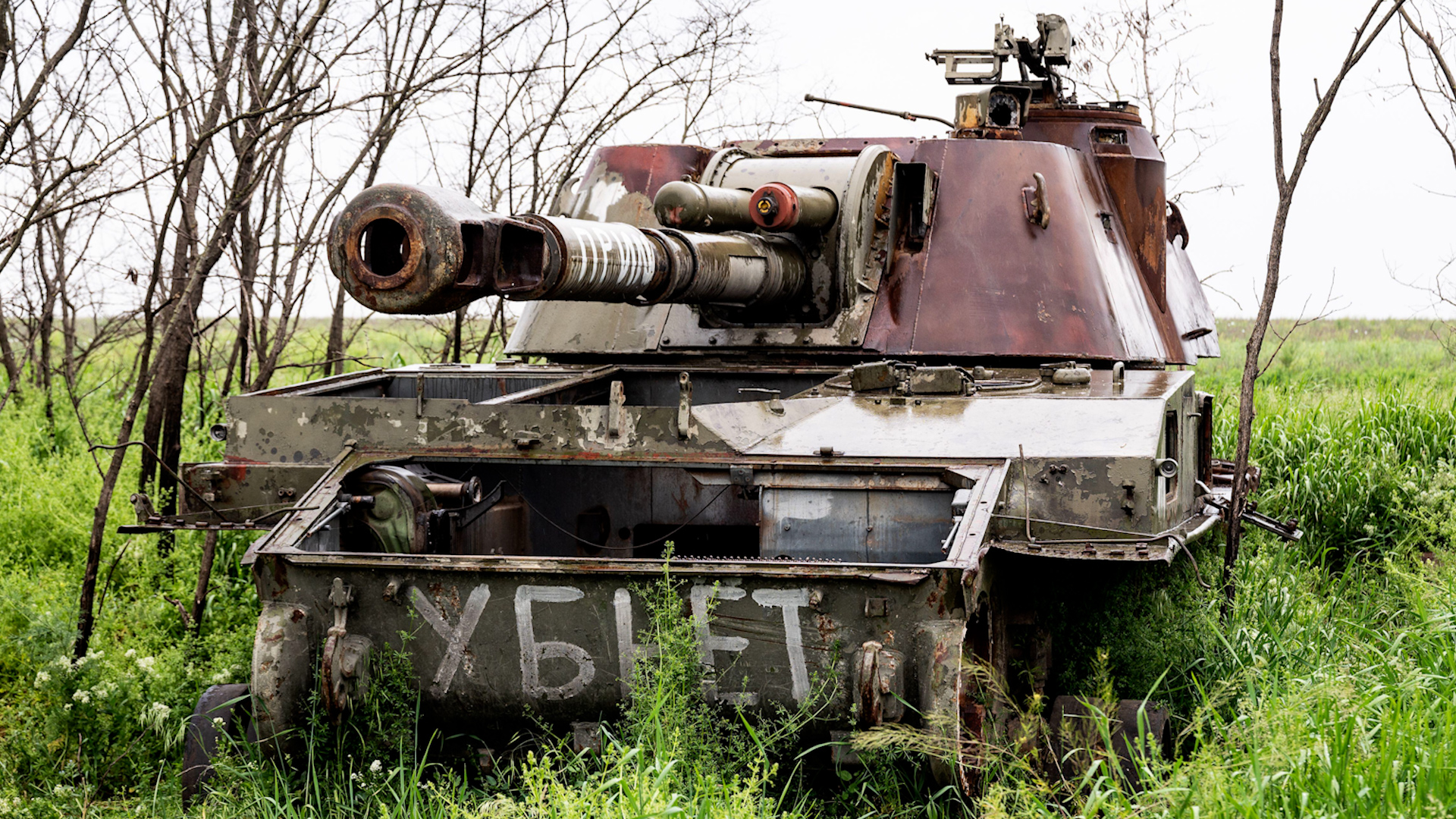
Russia's use of prisoner units for offensives shows lack of infantry competence, MOD says

Russia is relying on company-sized groups made up of prisoners and troops on disciplinary charges, highlighting their lack of competent infantry, the Ministry of Defence (MOD) has said.
Russia recruits prisoners to bolster its forces in Ukraine, as well as previously allowing the Wagner Group to access the prison population for recruitment.
However, in the latest defence update on X, formerly known as Twitter, the MOD said Russia is relying "on specially designated 'Shtorm-Z' units for local offensive operations in Ukraine".
"These company-sized groups were likely first fielded in 2022," the MOD said.
"There is a realistic possibility that Russia originally envisioned them as relatively elite organisations which could seize the tactical initiative.
"However, since at least spring 2023, Shtorm-Z have effectively become penal battalions, manned with convicts and regular troops on disciplinary charges."
The MOD said despite Russia's reliance on company's of prisoners, they are designated the lowest priority for logistics and medical support.
"Russian troops have often conducted an effective defence," the MOD said.
"However, the existence of Shtorm-Z highlights the extreme difficulty Russia has in generating combat infantry capable of conducting effective offensive operations."
It comes as Russia continues to attack Avdiivka in eastern Ukraine.
Last week, the MOD said the town "is a major obstacle in preventing Russian forces from their wider objective of taking control of Donetsk Oblast".
They also said it was the "most significant offensive operation" undertaken by Russia since January.
Elsewhere, Ukrainian engineers are being trained to defend their country's energy sector by Royal Engineers ahead of expected Russian attacks this winter.
Damage and destruction of critical national infrastructure (CNI) by Russian missile and drone attacks has represented one of the greatest threats to the lives and safety of Ukrainian civilians since the invasion in February 2022.
The two-week training package was developed after a request from Ukraine.
Trainees were taught how to identify potential blast ranges and the impacts of different weapons and explosives, according to the Ministry of Defence.









